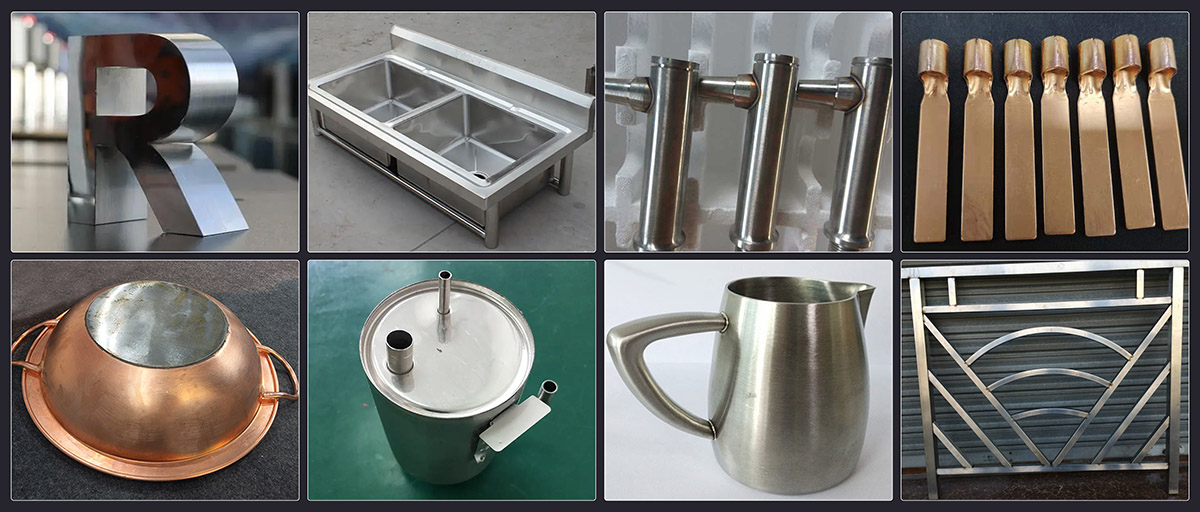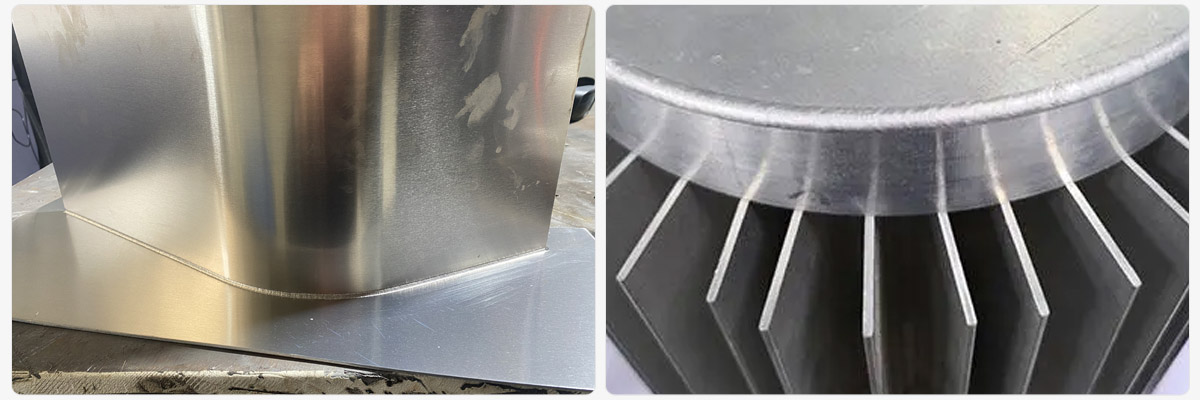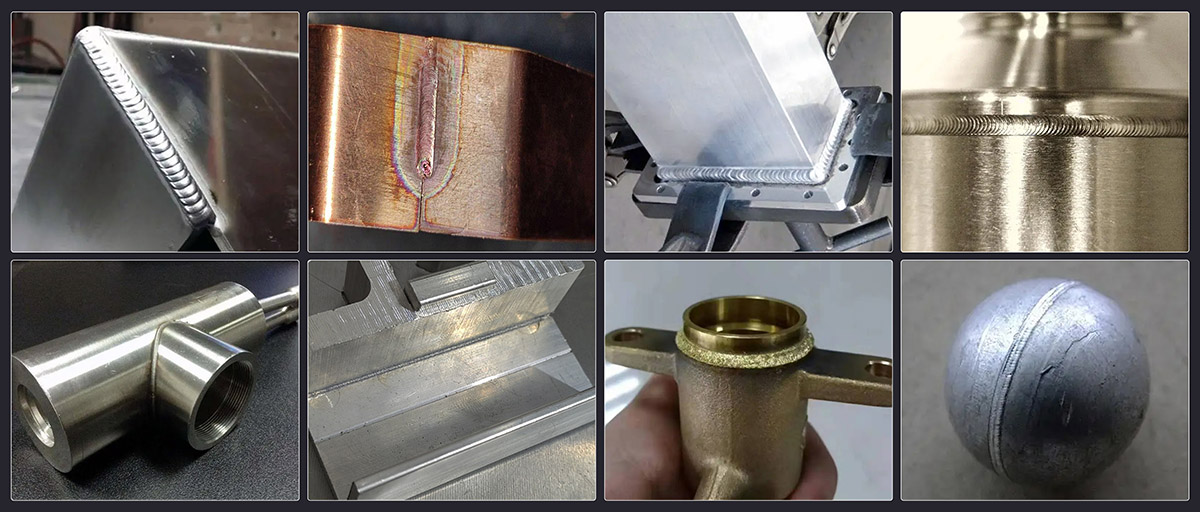Aluminum laser welding is a high-precision and high-efficiency welding method for aluminum using a high-energy-density laser beam as a heat source. Laser welding can achieve contactless and pollution-free processing, can weld complex shapes of aluminum, and has high strength, high quality and high precision welding effect. Compared with traditional welding methods, laser welding has the advantages of easy operation and high degree of automation, and has been widely used in automotive, aviation, electronics and other fields.

Specific aluminum laser welding application scenarios mainly include the following areas:
1. automobile manufacturing: aluminum laser welding in automobile manufacturing is widely used in body structure, engine, chassis and other parts of the welding, such as car roof, side enclosure, front and rear cover, four doors, floor, cover parts and other parts of the connection.
2. Aerospace: Aluminum laser welding in the aerospace field is mainly used in the welding of complex structural parts such as aircraft fuselage, wings, tails, etc. to improve the strength and durability of the aircraft.
3. electronic and electrical appliances: aluminum laser welding in the field of electronic and electrical appliances are mainly used for circuit boards, electronic components, small parts, such as the connection and fixation, to achieve miniaturization, high-density, high-reliability connection.

4. medical equipment: aluminum laser welding in the field of medical equipment is mainly used for surgical instruments, dental appliances, implants and other manufacturing and repair, with fast, accurate and reliable connection effect.
5. petrochemical: aluminum laser welding in the petrochemical field is mainly used for pipelines, tanks and pressure vessels manufacturing and repair, can improve the sealing and corrosion resistance of the equipment.
Application cases include aluminum alloy body welding, such as car roof, side enclosure and other parts of the connection; aluminum alloy engine welding, can improve the strength and durability of the engine; aluminum alloy pipeline welding, can achieve fast, accurate and reliable connection, improve the sealing and corrosion resistance of the equipment.

Aluminum laser welding has the following advantages compared with traditional welding:
1. Low heat input: laser welding rapidly melts the metal through a high energy density laser beam with low heat input, which can reduce thermal deformation and heat-affected zone and improve welding quality and joint performance.
2. High precision: laser welding is characterized by high precision and high speed, which can realize small melting depth, small heat-affected zone and small deformation, thus obtaining high-quality welded joints.
3. High degree of automation: laser welding can realize automation and intelligent production, improve production efficiency and product quality.
4. Environmental protection: laser welding is a non-contact welding process, avoiding the traditional welding process of smoke, noise and other pollution problems, more friendly to the environment.

5. Wide material adaptability: laser welding is suitable for welding a variety of metal materials, such as stainless steel, aluminum, copper, etc., so it has a wide range of applications in the connection of different materials.
6. Wide range of weldable material thickness: laser welding can weld materials of different thicknesses, especially suitable for welding of thin, medium and thick plates.
7. High efficiency and energy saving: laser welding process has the advantages of high efficiency and energy saving because of its small heat-affected zone, very fast heating speed and high energy utilization rate.
8. Can weld complex shapes of aluminum: laser welding can be transmitted through fiber optics to achieve long-distance welding, and at the same time can quickly and accurately adjust the position of the beam and parameters to achieve the welding of complex shapes of aluminum.

In general, aluminum laser welding has the advantages of low heat input, high precision, high automation, environmental protection, wide material adaptability, high efficiency and energy saving.
























